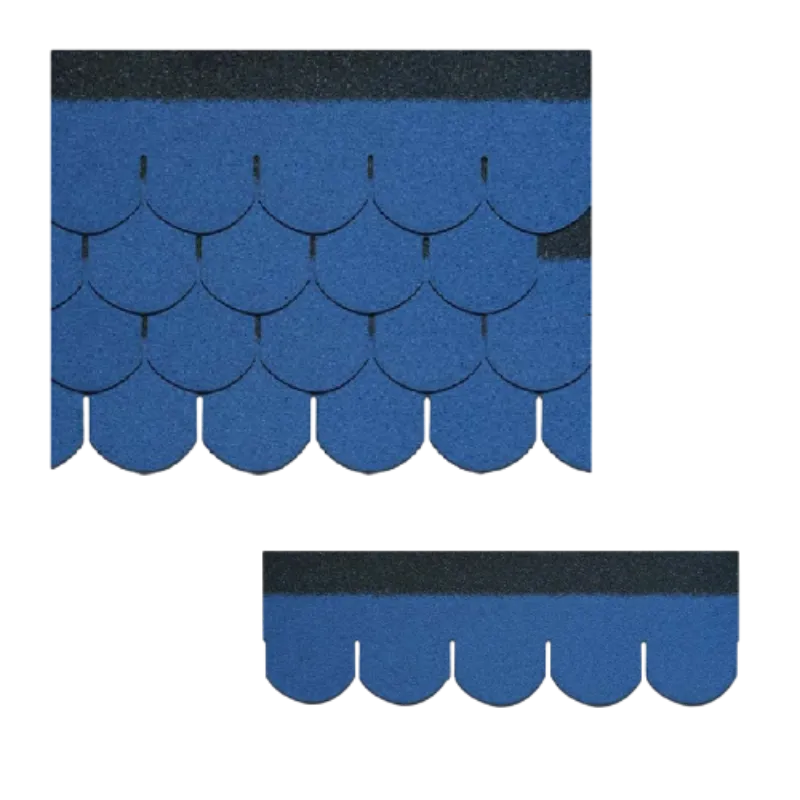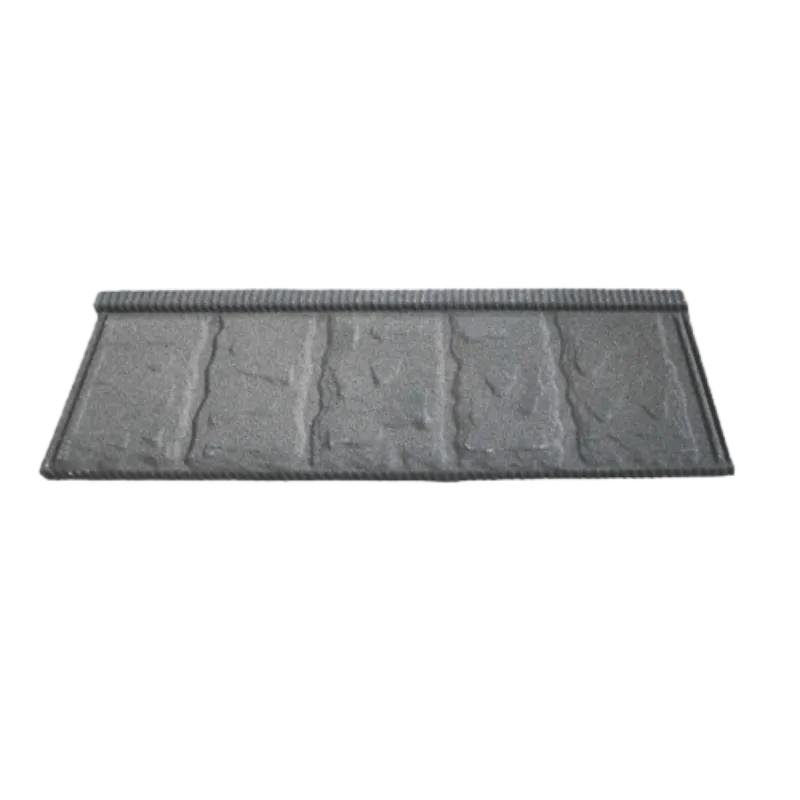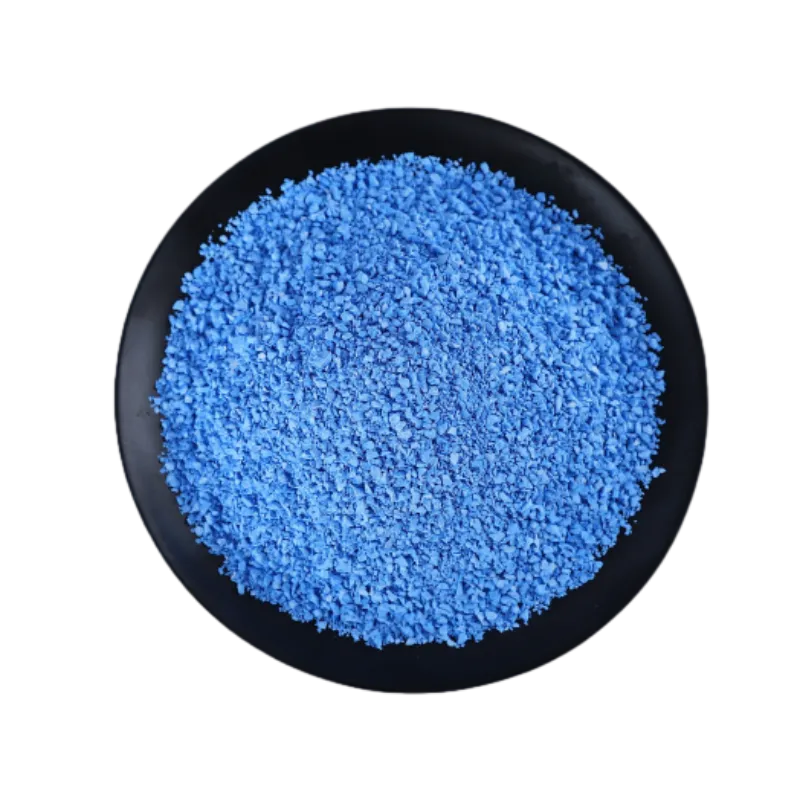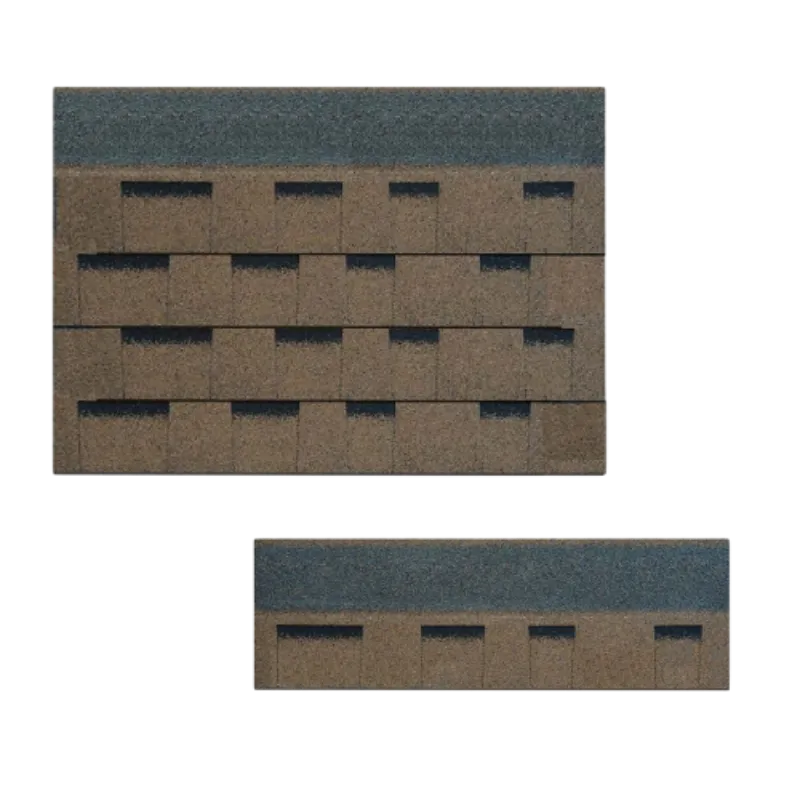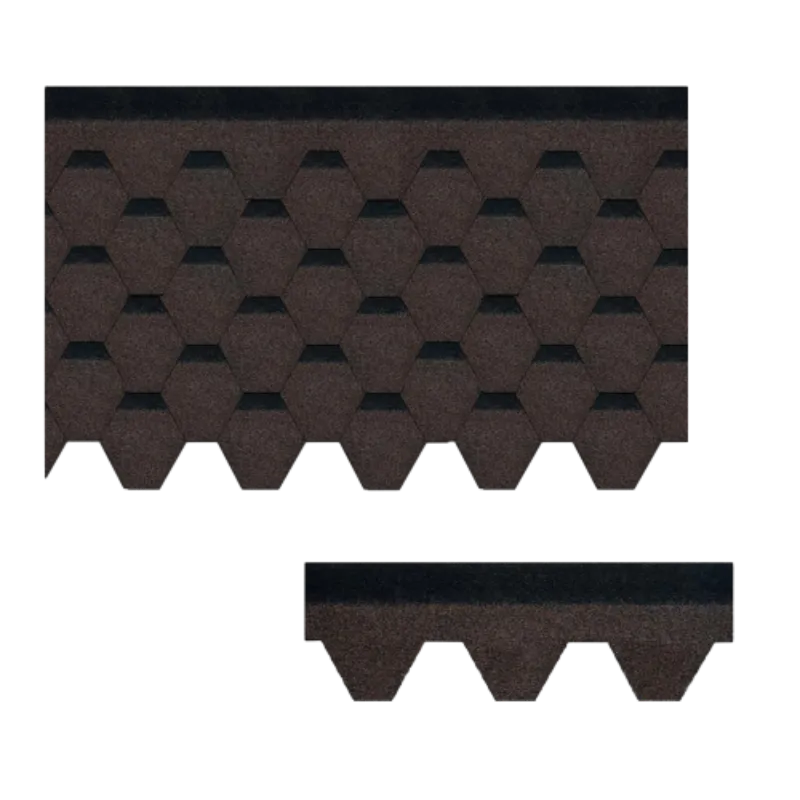
Oct . 16, 2025 14:55 Back to list
Asphalt Shingles Architectural - Durable, Wind-Rated Beauty
Architectural Shingles: What Pros Are Actually Installing in 2025
When homeowners ask me what’s winning on steep-slope roofs right now, I point them to asphalt shingles architectural—the laminated workhorses with deeper shadow lines and, frankly, fewer callbacks when installed right. I’ve walked more job sites than I can count; the pattern is the same: installers like the wider nailing zones and owners like the dimensional look.
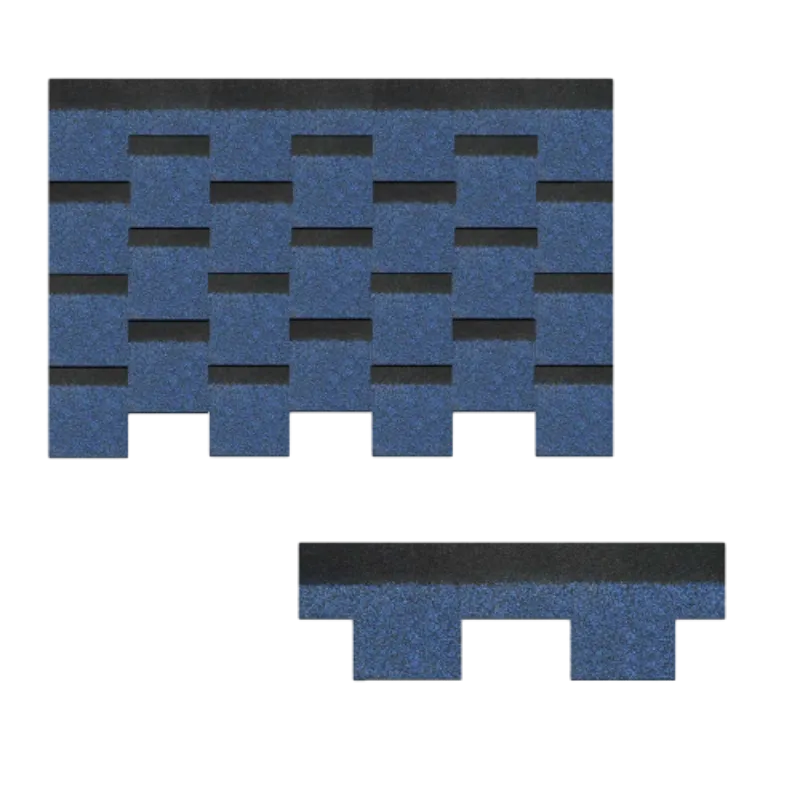
Product snapshot: Laminated Shingles Shingles
Origin: No.B2305, Times Ark Building, Guangan Street, Shijiazhuang, China. I visited that corridor years back—lots of composite know‑how in that cluster. Specs below (real-world use may vary):
| Size | 1000 × 330 mm |
| Weight | ≈12.8 kg/㎡ |
| Asphalt | Modified asphalt (SBS-modified, enhanced pliability) |
| Frame | Fiberglass mat (glassfiber) |
| Service life | 25–40 years depending on climate/ventilation |
How they’re made (and tested)
Process flow, abridged: fiberglass mat → SBS-modified asphalt saturation → ceramic granule embed → laminated overlay die‑cut → thermal bond → self‑seal adhesive → QA. The SBS gives cold‑weather flexibility; installers in Minnesota told me it “lays down even when it’s cranky-cold.”
Testing and standards the pros look for: ASTM D3462 (fiberglass shingles), ASTM D7158 (wind: up to Class H, 150 mph when properly nailed), ASTM D3161 (fan wind), UL 2218 Class 3/4 (hail impact, check listing), UL 790/ASTM E108 Class A (fire), and ICC-ES AC438 for full-system aging. In Europe, EN 544 is the usual reference. Factory QA often includes granule adhesion, seal‑strip activation, and dimensional stability checks.
Where they shine
- Residential re‑roofs, 4:12–21:12 slopes (ice-barrier in cold zones).
- Coastal and prairie wind belts—pair with high-wind nailing and starter strip.
- Mountain freeze–thaw; SBS helps resist brittle cracking.
- Light commercial with ventilated decks; use synthetic underlayment, ASTM D226 Type II felt in valleys if preferred.
Ventilation matters (I know, broken record): design to 1/150 or 1/300 NFVA ratios. Many callbacks trace to attic heat, not the shingle.
Trends, customization, and options
Current trendlines: algae-resistant granules (AR) for humid zones, “cool” color blends with CRRC-listed reflectance, beefier nail zones, and ridge cap systems that match the blend. Customization typically includes color blends, AR option, cool-roof tones (SRI ≈ 20–28 on medium grays), and matching starters/hips/ridges. Many customers say the dimensional look sells the neighborhood before the sign does. Also, yes, asphalt shingles architectural still win the curb-appeal-per-dollar contest.
Vendor comparison (field-notes style)
| Vendor/Product | Asphalt/Mat | Wind/Impact | Certs | Warranty | Price (USD/㎡) |
|---|---|---|---|---|---|
| Laminated Shingles Shingles | SBS-modified / Fiberglass | Up to Class H; UL 2218 Class 3–4 (model dependent) | ASTM D3462, D7158, E108 | Limited lifetime (region-specific) | ≈ $10–$16 |
| Brand A Architectural | Oxidized asphalt / Fiberglass | Class F; UL 2218 Class 3 | ASTM D3462, D3161 | Limited lifetime | ≈ $11–$15 |
| Brand B HDZ | Polymer-modified / Fiberglass | Class H; UL 2218 Class 4 | AC438, E108 | Limited lifetime | ≈ $12–$18 |
Real projects and feedback
- 12,400 ㎡ HOA re-roof, Colorado Front Range: crews reported fast tack from the seal strip at 18–22°C; post‑storm inspection showed no tab lift (ASTM D7158 H nailing pattern).
- Coastal motel, Carolinas: AR granules kept staining minimal through 24 months; owner says “less roof-streaking calls.”
- Custom home, Ontario: winter install at −5°C with SBS-modified product reduced edge cracking; blower-door test later confirmed attic ventilation upgrades improved shingle temp profile.
Bottom line: if you want the balance of price, look, and durability, asphalt shingles architectural remain the pragmatic choice. Just don’t skimp on underlayment, starter, hip/ridge, and fastener schedule.
Citations
- ASTM D3462 – Standard Specification for Asphalt Shingles Made from Fiberglass.
- ASTM D7158 / D3161 – Wind Resistance of Sealed Asphalt Shingles.
- UL 2218 – Impact Resistance of Prepared Roof Covering Materials; UL 790 / ASTM E108 – Fire Tests of Roof Coverings.
- ICC-ES AC438 – Acceptance Criteria for Asphalt Shingles.
- CRRC Product Rating Program – Cool Roof Rating Council Directory (reflectance/SRI values).
-
Black Clay Tile: Durable, Sustainable Roofing for Modern Needs
NewsNov.24,2025
-
Red Clay Roof Tiles: Durable, Sustainable & Stylish Roofing Solutions
NewsNov.23,2025
-
Durable and Sustainable Ceramic Roofs: A Global Perspective on Design & Innovation
NewsNov.23,2025
-
Synthetic Clay Tile Roof – Durable, Eco-Friendly Roofing Solutions for Modern Buildings
NewsNov.22,2025
-
Expert Guide to Terracotta Tile Roof Restoration - Sustainable Preservation & Repair
NewsNov.21,2025
-
Planum Roof Tiles – Durable, Sustainable Flat Roofing Solutions for Global Needs
NewsNov.20,2025


